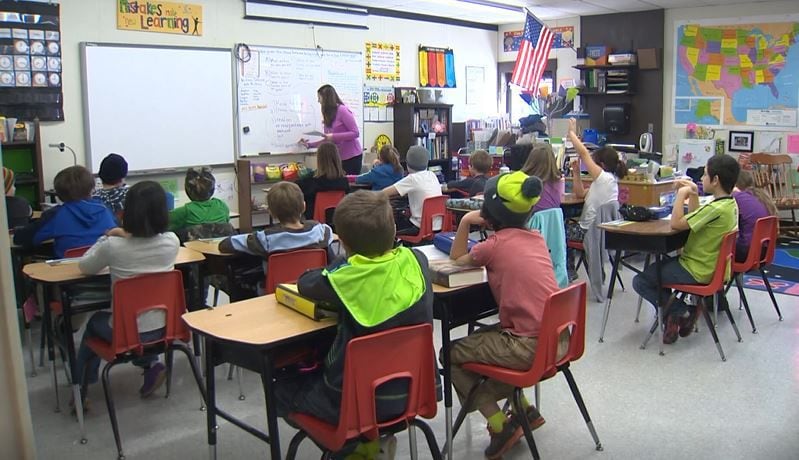BURLINGTON, Vt. (WCAX) – Votes are going into their third and even fourth rounds as the clock ticks until the July 1 deadline.
While the majority of Vermont school districts have their budgets in place, around 20 are still waiting to be approved by their communities. School district officials say this budget season has been like no other.
Some communities that have a history of supporting budgets didn’t this year, while others were able to get theirs passed on the first attempt. It all stems from concerns surrounding the new pupil weighting formula and an increased CLA that left residents with double-digit tax increases.
In the Slate Valley Unified Union School District, Superintendent Brooke Olsen-Farell hopes the fourth time is the charm to pass their school budget.
“When adults, fight students lose – this is exactly what’s playing out here in Slate Valley,” said Olsen-Farell.
This vote is the same $30.8 million price tag as vote three, meaning a 6% tax increase on voters.
Instead of cutting things like sports or after-school programs from the budget, school officials hope to engage people who haven’t voted yet.
“I think the longer we go to July 1, these programs end up being cut by default, right? Because we don’t have time to secure staff. Because we don’t have the authority to spend. You know, people have made other plans,” said Olsen-Farell.
On the other side of the state, Lamoille South Superintendent Ryan Heraty is dealing with separate budget outcomes within the SU.
Stowe’s budget vote, a 27% tax increase, was pushed back after Town Meeting Day after new rules from the legislature allowed districts to delay their votes. It passed on the first attempt.
Meanwhile, Elmore-Morrisville is voting for the third time on Tuesday. Elmore expects an 11% tax increase and Morrisville a 5% increase.
“Our system is built around an assumption that if you give people a tax incentive, that they will support their schools. Unfortunately, a lot of the decisions that people are making are not based on a tax incentive… The question is, who is winning here? Because it doesn’t feel like anybody is winning with the current system,” said Heraty.
About an hour north, Bob Chutter of the South Hero School Board is relieved his district’s budget passed on the second try.
“Our taxpayers voted for a budget that saw their taxes go up by 28%. So, I’m super thankful but at the same time, I know we have a lot of work to do,” said Chutter.
He says it took a lot of community engagement to pass, but in the same Grand Isle Supervisory Union, the Champlain Islands and Alburgh School Districts are headed for their third vote.
Grand Isle Superintendent Michael Clark says there isn’t a clear vision of the roles of schools anymore, noting they take on more mental health and social service needs than ever before.
“There’s nothing that’s left in the budget that is optional,” said Clark.
What’s certain now is that the school year is almost over. What’s not certain, though, is what next year will bring.
“We are starting to be in a spot where it won’t be long before we’re going to have to be planning for pretty significant contingency openings that things don’t look like they do this year,” said Clark.
In a letter to the House and Senate education chairs, interim Secretary of Education Zoie Saunders says at least half of the unpassed districts have a poverty rate of over 50%, with some of the lowest funding per weighted student.
“The districts harmed this year by our education cost crisis are districts that support some of Vermont’s most vulnerable students, and districts that often do this in the context of budget uncertainty year over year. Vermont students, Vermont teachers, and Vermont school support staff also suffer under an inequitable, incoherent system,” said Saunders.
Lamoille North UUSD, Elmore-Morristown UUSD, and Springfield School District are voting for the third time on Tuesday.

